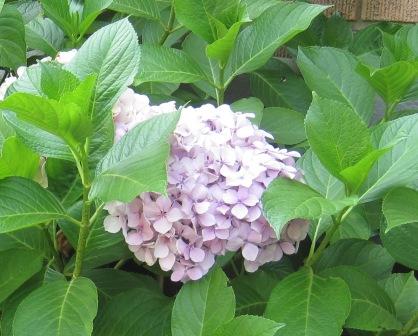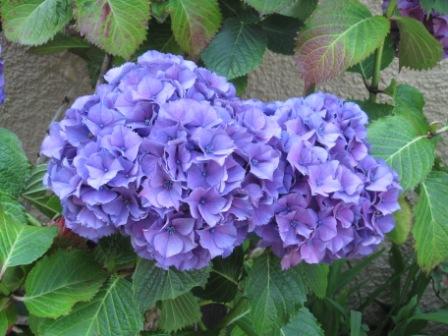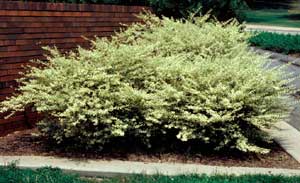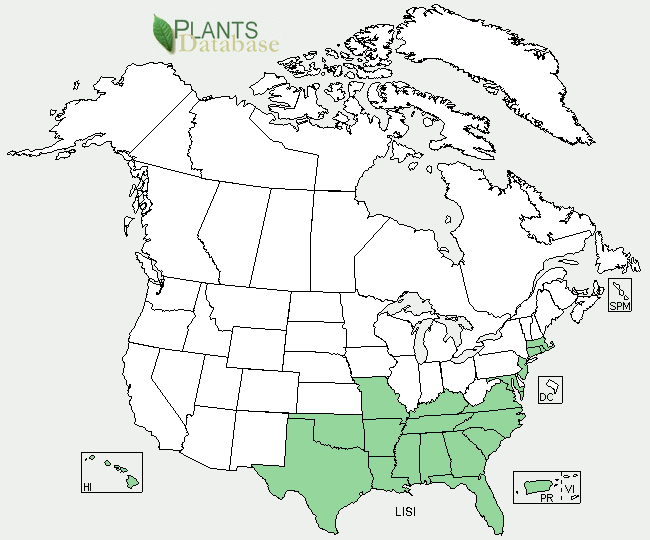Hydrangeas are in full bloom this time of year. I snapped these photos yesterday of several hydrangeas, all planted along the same strip of land. Just look at the different colors:



Why so many colors? Most of you probably know that genetics play a role, as does soil pH. But there’s much more to it than simple soil chemistry and genes.
1. pH: Strongly acidic soils produce blue hydrangeas, while slightly acid to slightly alkaline soils favor pink or red flowers. Soil pH can be modified by adding lime to raise soil pH or ammonium sulfate to acidify the soil.
2. Aluminum: Aluminum, a toxic heavy metal, is required for blue hydrangeas. Like other metallic elements, aluminum binds tightly to clay particles under alkaline conditions. As the pH becomes more acidic, aluminum becomes soluble and can be taken up by plant roots.
3. Nutrients: Relative concentrations of phosphate, nitrogen, and potassium have significant impacts on the uptake and activity of aluminum.
4. Pigments: Blue hydrangea flowers depend on the formation of a complex among three partners: an anthocyanin called delphinidin with a sugar attachment, a phenolic acid co-pigment, and aluminum. Co-pigment differences among species and cultivars will influence flower color.
And here’s an interesting factoid about hydrangeas: ever notice that they are rarely bothered by insects or other animals? Accumulation of a toxin like aluminum in their tissues may be the reason.

